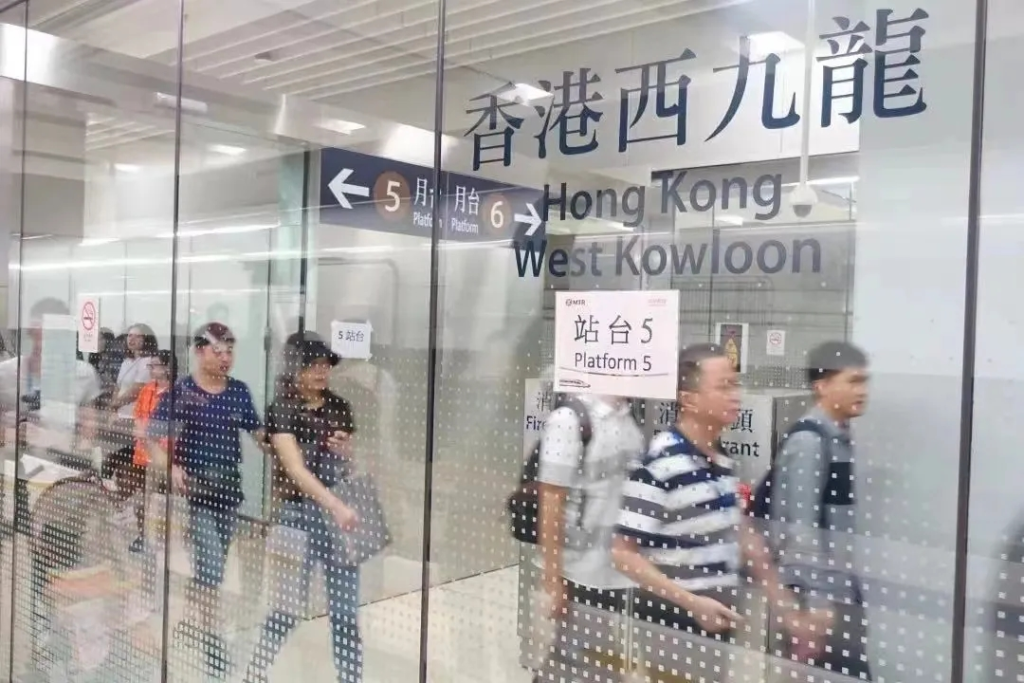
The Asian giant connects the country at high speed 24/7, transporting more passengers than the entire Brazilian population
China’s bullet train network is one of the greatest symbols of its technological and economic advancement. These trains, which operate 24 hours a dayfacilitate the transport of millions of people across the country, connecting distant cities and regions with punctuality and efficiency.
If the metro network is impressive in metropolises like New York or London, the Chinese railway network goes much further: it covers practically the entire national territory and is designed to keep the country in constant movement.
The trajectory of Chinese bullet trains began in 1978, when then-president Deng Xiaoping was inspired by Japan and the high-speed system he saw on his visit to the country.
The idea was to build a fast and punctual transport network that would connect the most distant regions of the country. However, the real expansion of the network began in 2007, with the start of construction of the section between Beijing and Tianjin, completed in 2008.
Since then, the high-speed network has expanded rapidly, surpassing 38.000 km of tracks in less than 15 years – an extension that would practically go around the world.
Today, it is the largest and most used high-speed rail network on the planet, with routes that cover all provinces in China, allowing travel from Beijing to Shanghai (1,318 km) in just 4 hours, thanks to trains that reach impressive 350 km/h.
Continuous operation: how does the network remain active 24 hours a day?
Operating a 24-hour bullet train network requires strict control and meticulous organization. During the day, these high-speed trains run more frequently, meeting urban and regional demand.
At night, trains play a crucial role for those who want to travel long distances while resting, departing from Beijing, Shanghai and Hong Kong at strategic times to reach their destination early in the morning.
These night services offer comfort to passengers, with modern carriages and rest options that make the journey practical and pleasant.
At the same time, a team of professionals monitors the operation of the lines, ensuring that no failures delay passengers and that all schedules are met accurately.
Efficiency and practicality in the daily lives of Chinese people
In addition to speed and connectivity, the system offers a travel experience designed to be accessible and practical. Since new electronic ticket technologies Until the operation of modern terminals, Chinese trains are designed to make travel run smoothly.
Customs inspection procedures have been modernized at stations such as Hong Kong West Kowloon, replacing the old “two inspection” system with a single step, facilitating the clearance of cross-border passengers.
The impact of this system on the lives of Chinese citizens is undeniable. With stops in cities like Shijiazhuang, Guangzhou, Shenzhen and Hangzhoubullet trains bring people together and foster regional economic growth. In 2019, the stretch between Beijing and Shanghai transported around 210 million passengersa number equivalent to the entire population of Brazil.
A bet on the technology of the future
Railway innovation doesn’t stop here. China is already investing in a new generation of magnetic levitation trains, known as Maglevswhich can reach speeds of up to 620 km/h.
These trains promise to revolutionize long-distance transport, transforming journeys that would take hours into trips lasting just a few minutes.
This expansion, which should reach 50,000 km by 2025 e 70,000 km by 2035is driven by Chinese companies that initially relied on foreign technology.
Today, these companies dominate train manufacturing and export their technology to other countries, taking Chinese know-how across borders.
The scenario in Brazil and Chinese interest

While China is making great strides, the story in Brazil is very different. In 2007, the year in which China began construction of its first bullet train section, the Brazilian government also presented plans for a high-speed system between Campinas and Rio de Janeiropassing through São Paulo.
This project aimed to take advantage of events such as 2014 World Cup and 2016 Olympics. However, the project had no interested parties, and the idea remained only on paper.
Recently, rumors indicated that Chinese companies could start talks to build a high-speed train in Brazil between Rio and São Paulobut so far there has been no significant progress.
Economic impact and national integration
The Chinese bullet train system, which operates uninterruptedly, goes beyond a means of fast transport: it represents China’s economic and technological power.
The high-speed train network contributes to greater economic integration, encouraging tourism, facilitating cultural exchange and connecting markets.
This 24/7 model offers a glimpse into how transportation infrastructure can transform a nation, placing China as a global benchmark for mobility and efficiency.
If Brazil ever follows the Chinese example, it will see not only an improvement in passenger transport, but a growth in the economy and regional opportunities, uniting the country from north to south.
Source: https://www.ocafezinho.com/2024/10/28/como-a-china-mantem-sua-frota-de-trens-bala-operando-24h-por-dia/

